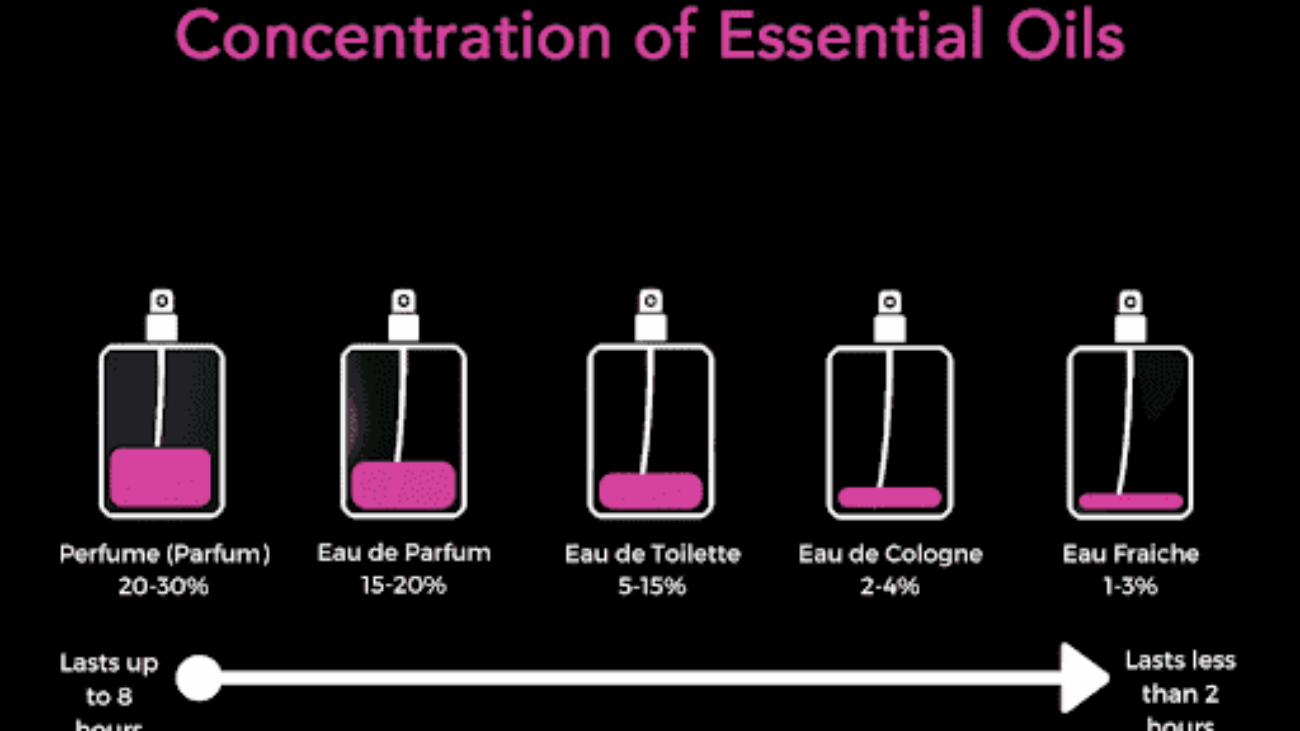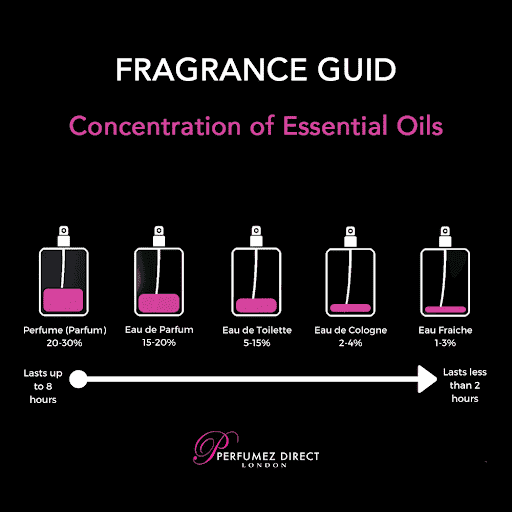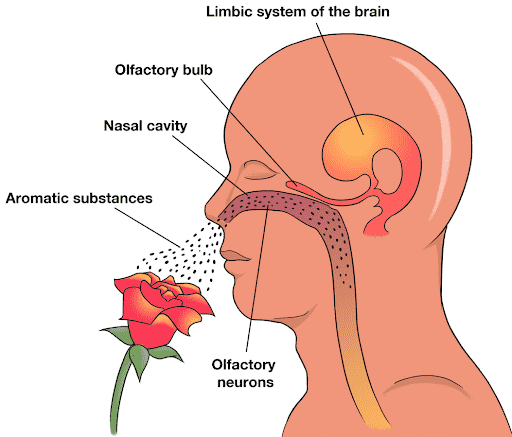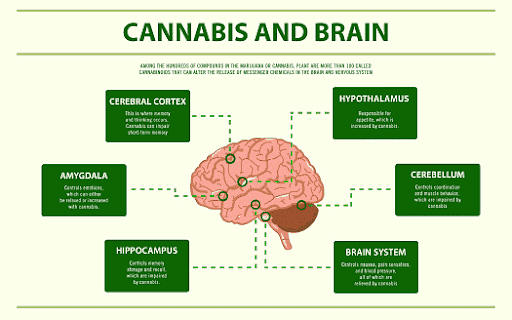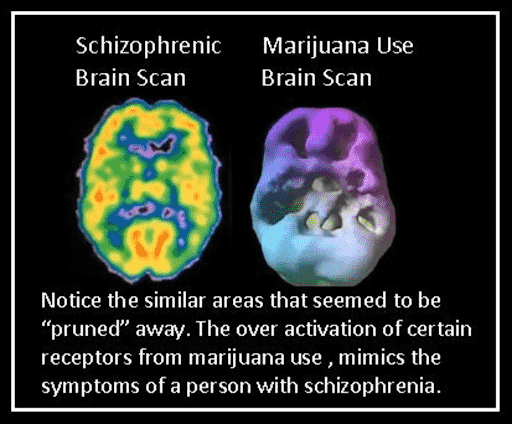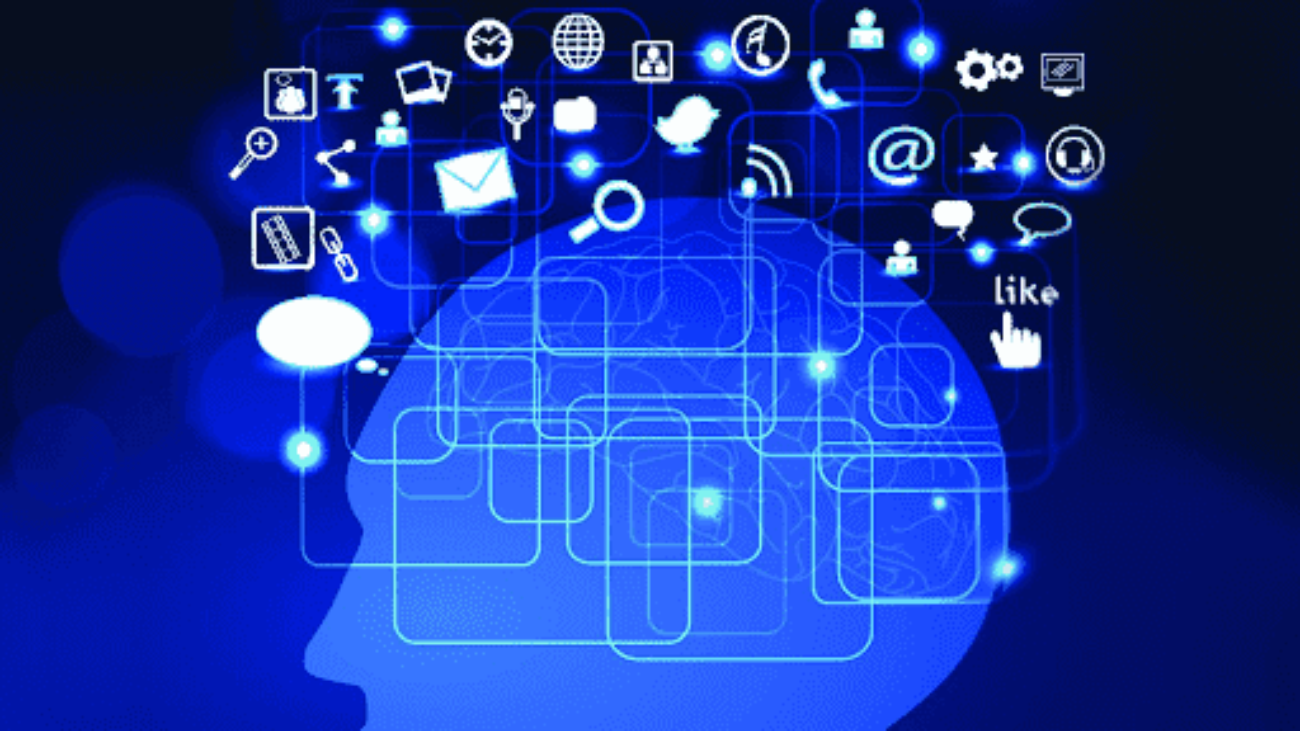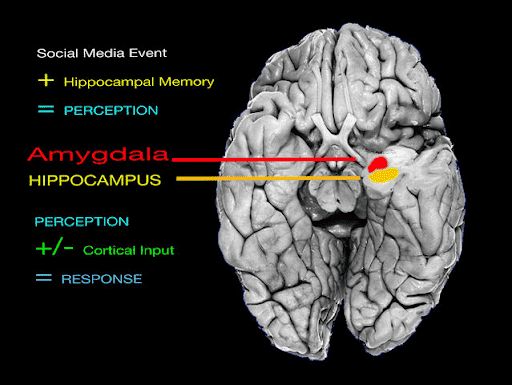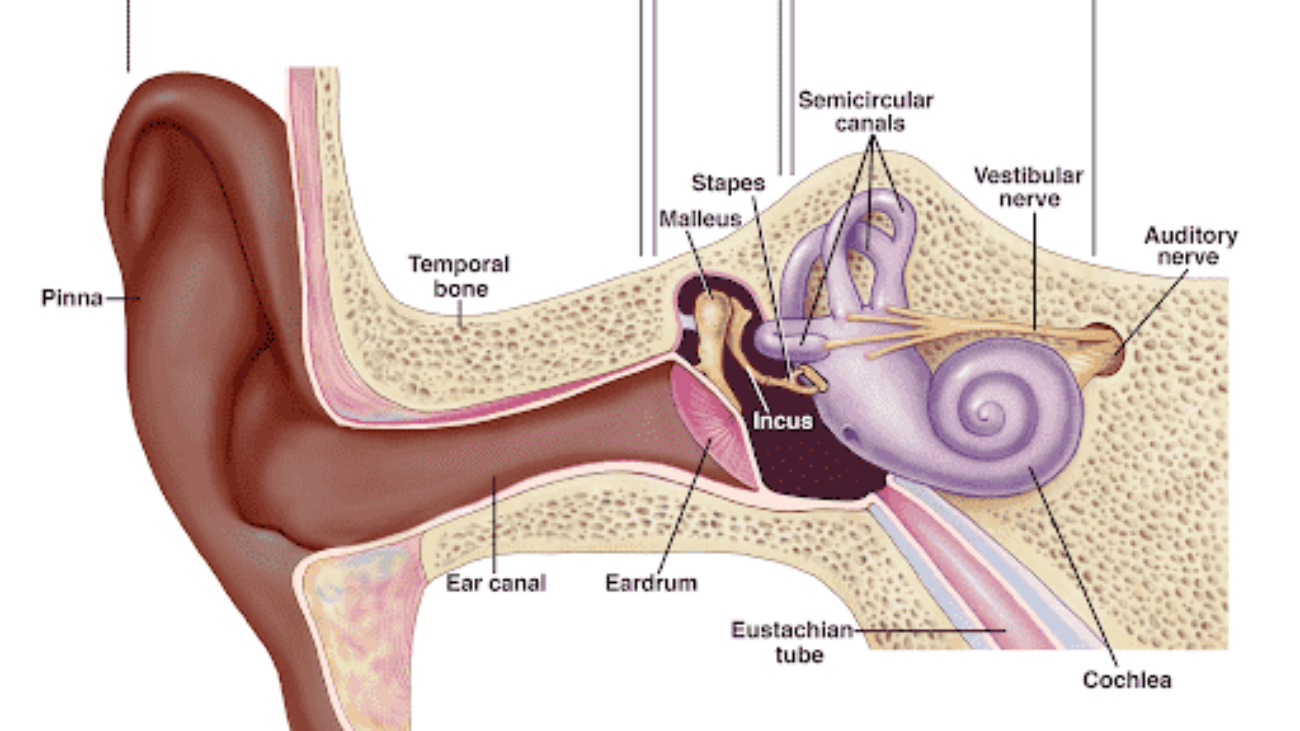
At least 2.2 billion people around the globe have impaired vision, and of these people, 140 million wear contact lenses. There are two general categories of contact lenses: soft and hard (also known as rigid gas permeable or RGP). Soft contacts are made of flexible plastics that offer more comfort and stability than hard contacts but are more difficult to insert and remove. On the other hand, hard contacts have a longer lifespan and lower risk of infection, but it’s easier to dislodge them from the eye.
Figure 1: Comparison of how different contacts look on the eye
How Do Contact Lenses Work?
No matter if they’re soft or RGP, contact lenses have a fascinating science behind them. They sit on top of the cornea, the eye’s transparent outer layer. There, they correct the refraction of light. Refractive errors make it challenging for the eye to focus light how it usually does, which results in blurry vision, and eyewear (glasses and contacts) fixes this issue.
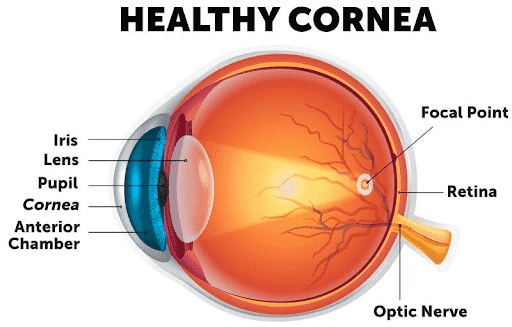
For example, myopia, commonly known as nearsightedness, is the eye focusing light in front of the retina instead of directly onto it. Contact lenses help you see clearly by adjusting the light rays to angle further back into your eye, right onto the retina.
Glasses Vs. Contact Lenses
Of course, glasses are another option for blurry vision. However, many prefer contact lenses because they move with the eye, meaning you can look around a space with perfect vision. Glasses often leave room at the edges that they can’t correct. Also, contacts are handy with outdoor sports as they won’t fog up or get wet, unlike glasses.
While it can take some time to get used to the feeling of weight on your eye, contacts are a fan favorite for various reasons. They’ve come a long way since being invented in 1888 and are so technologically advanced that only 1 out of 500 wearers get severe eye infections! Whether you wear them or are simply intrigued by the innovation behind them, contact lenses promise a clearer and brighter future for all.
Sources:
https://www.professionalvisioncareinc.com/2020/12/29/10-fun-facts-about-contact-lenses/
https://health.osu.edu/health/eye-health/contact-lens-safety-tips
https://opto.ca/eye-health-library/differences-between-soft-and-hard-contact-lenses#:~:text=Soft%20contacts%20are%20the%20most,cases%20to%20provide%20clear%20vision
https://www.researchgate.net/publication/326747398/figure/fig1/AS:654865197973504@1533143438259/Two-major-types-of-contact-lenses-Photographs-showing-the-a-hard-and-b-soft-contact.png
https://www.wolfeeyeclinic.com/filesimages/CorneaDisease/CorneaDisease_HeathyEyeDiagram.jpg
How Do Contact Lenses Work?: Benjamin Optical: Eye Center




